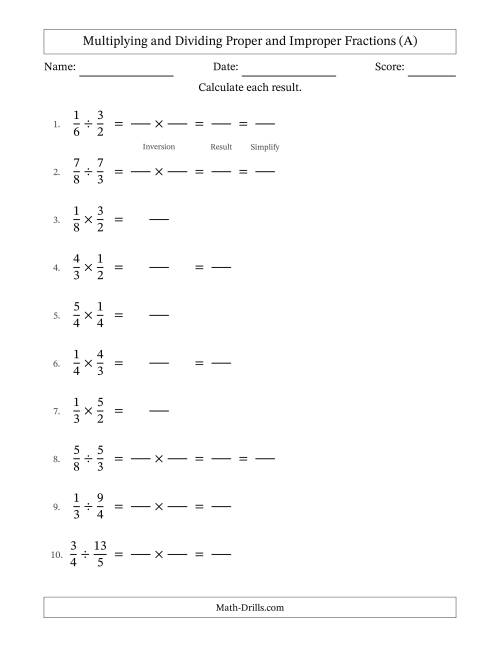Beginning with week 4, we looked at fractions. In our small group activity, we had a worksheet that looked at addition, subtraction, multiplication and division of a variety of fractions (mixed, improper and regular). This was a great mind ons activity as it got me warmed up and ready to tackle the lesson. Within the lesson we covered some of the following 'big ideas':
1. Fractions can represent parts of regions, parts of sets, parts of measures, division, or ratios
2. A fraction is not meaningful without knowing what the whole is
3. Renaming fractions is often the key to comparing them or computing with them. Every fraction can be renamed in an infinite number of ways
4. There are multiple models and/or procedures for comparing and computing with fractions, just as with whole numbers
5. Operations with fractions have the same meanings as operations with whole numbers, even though the algorithms differ.
After that, we learned how to identify and meet the specific and overall expectations for the J/I age groups. We accomplished this through problem solving, gamification and children's literature. Additionally, we got into small groups throughout the lesson for some consolidation and solidification of the content we learned. This was very helpful as we had a low pressure opportunity to make sure we understood what we had just learned, as well as collaborate and compare our ideas.
Moving on to week 5, we looked at integers, also falling under the number sense and numeration curriculum. Again, we began with our small group activity, which was one of the most engaging and fun ones I've done. We had a number line on a mountain, a spinner for negative or positive and a dice for our number of moves. We played in 1vs1 teams and had to try to be the first to reach the peak of the mountain. This was also a great minds on activity as it was very visual, very engaging and even competitive. In the actual lesson, we talked about what integers are (whole numbers, no decimals and can be either negative or positive). The big ideas we looked at in this lesson were that:
1. The negative integers are 'opposite' of the whole numbers
2. The zero property is (-1) + (+1) = 0
3. The meanings for the operations (=, -, +, /) also applies to all integers.
We learned many ways to meet the overall and specific expectations for the J/I grades once again, and the applied these concepts in our small groups. Specifically talking about addition, subtraction, multiplication and division of integers, this was again mostly a review. However, I especially liked using the red and blue circle manipulative's as I have never used this method before and definitely learned something.
Below, retrieved from https://www.math-drills.com/fractions/fractions_multdiv_001.php is an example of the fractions worksheet from the small group activity.

Below, retrieved from https://www.pinterest.ca/pin/13792342583309192/?lp=true is an example of the number line used in the small group activity.
